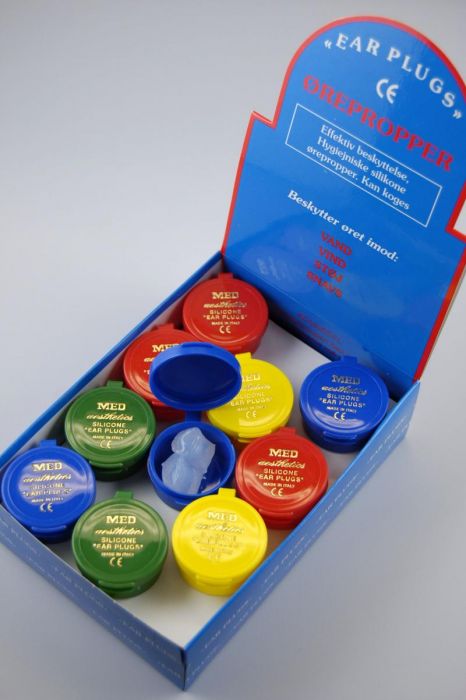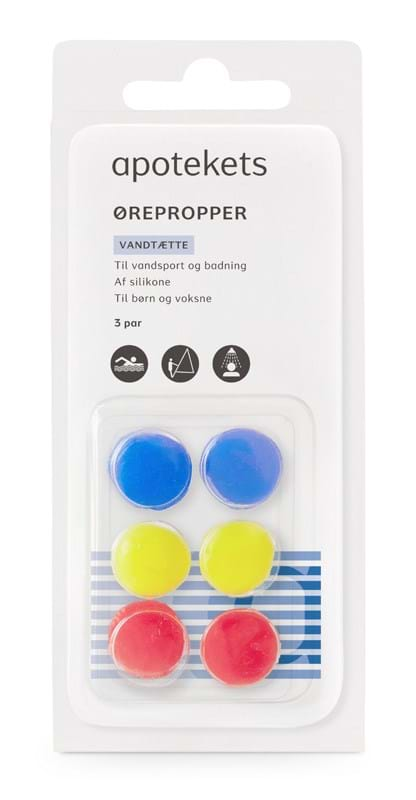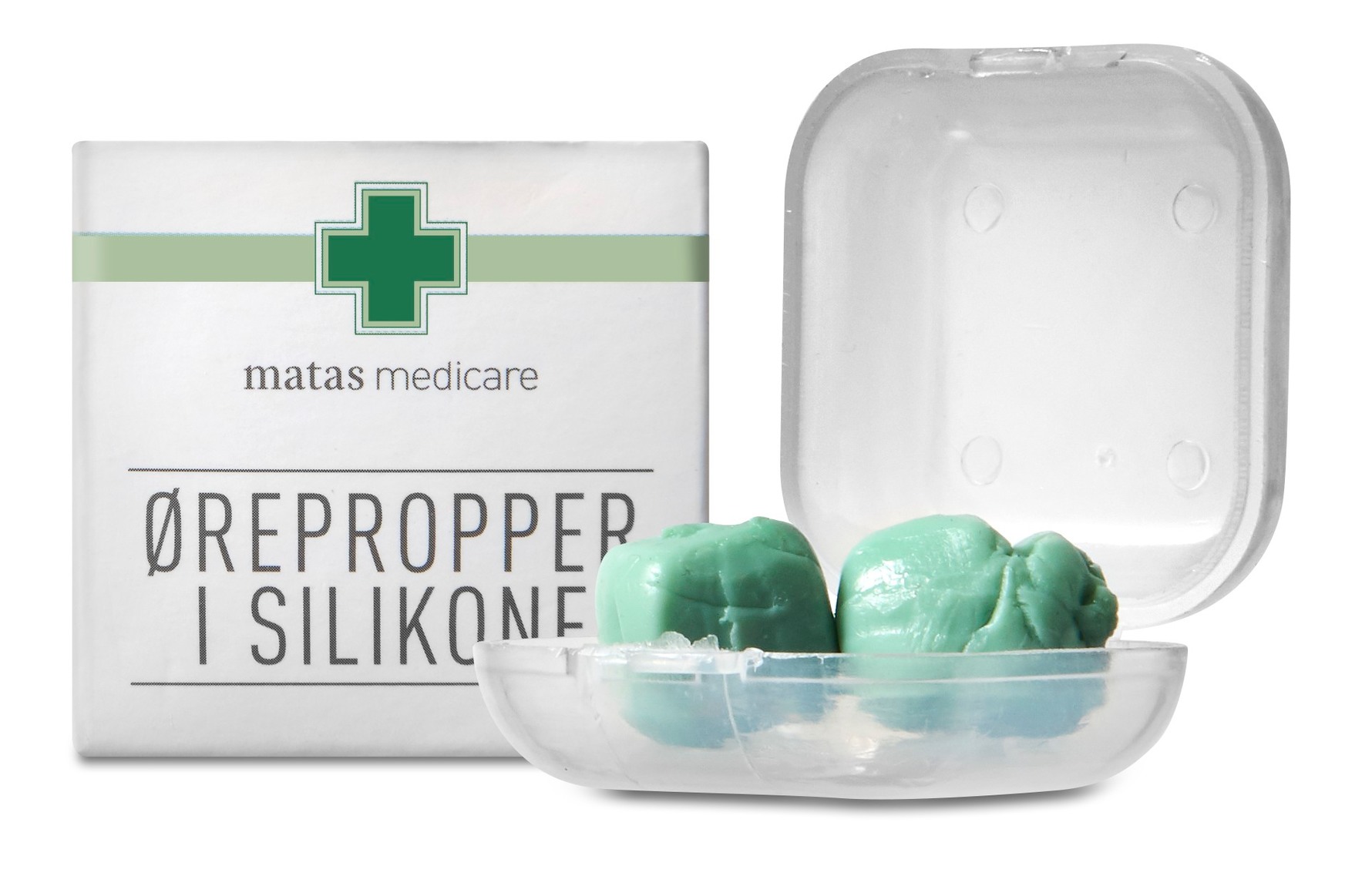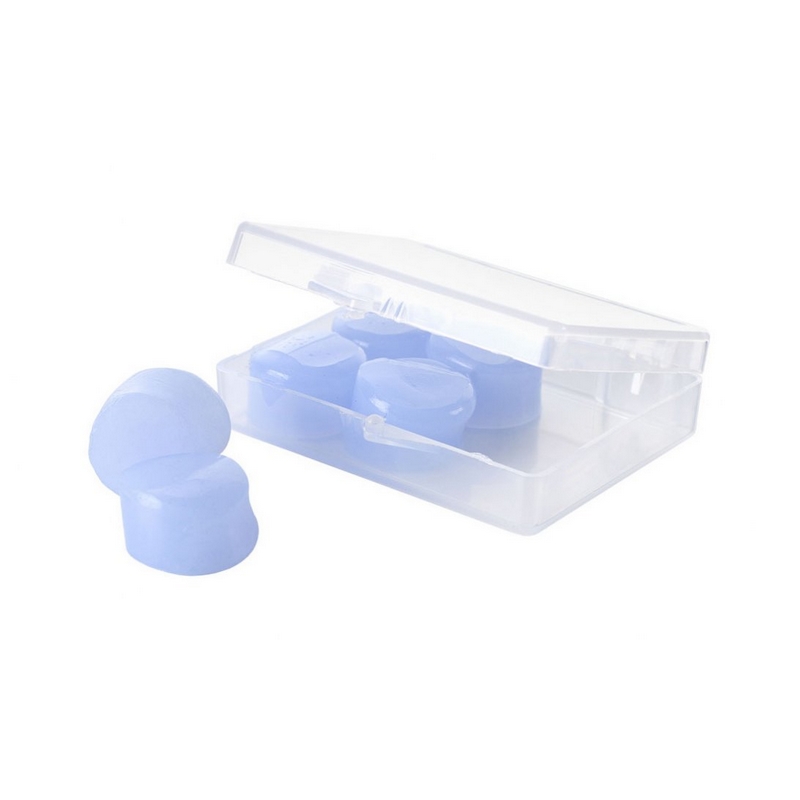
Købe 10 Par Bløde Silikone ørepropper Isolering Høreværn, ørepropper Anti Støj Snorken Sove-stik Til Travel Støjreduktion < Top > www.kisscontent.dk
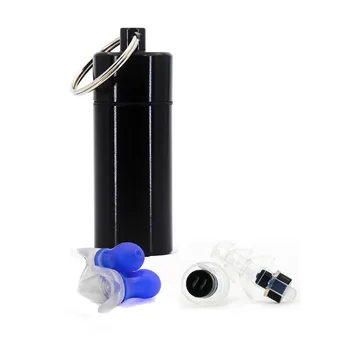
På tilbud! 2 Par/masse ørepropper High Fidelity Silikone ørepropper Til At Sove Motorcykel Trommeslager øreprop Støjreduktion Genanvendelige Høreværn \ Outlet - Laegernesofiendal.dk

10STK Noise Cancelling Bløde Silikone ørepropper Hud-venlige høreværn, Ørepropper Anti Støj Sovende Stik Rejse Joyroom køb online ~ Mall / Tjarliebox.dk

Blød Silikone Kabel Genanvendelige Ørepropper Høreværn Øreprop Med Ledning Støjreduktion Høreværn 10 Par På tilbud! ~ Personlige Sundhedspleje < Mf-film.dk
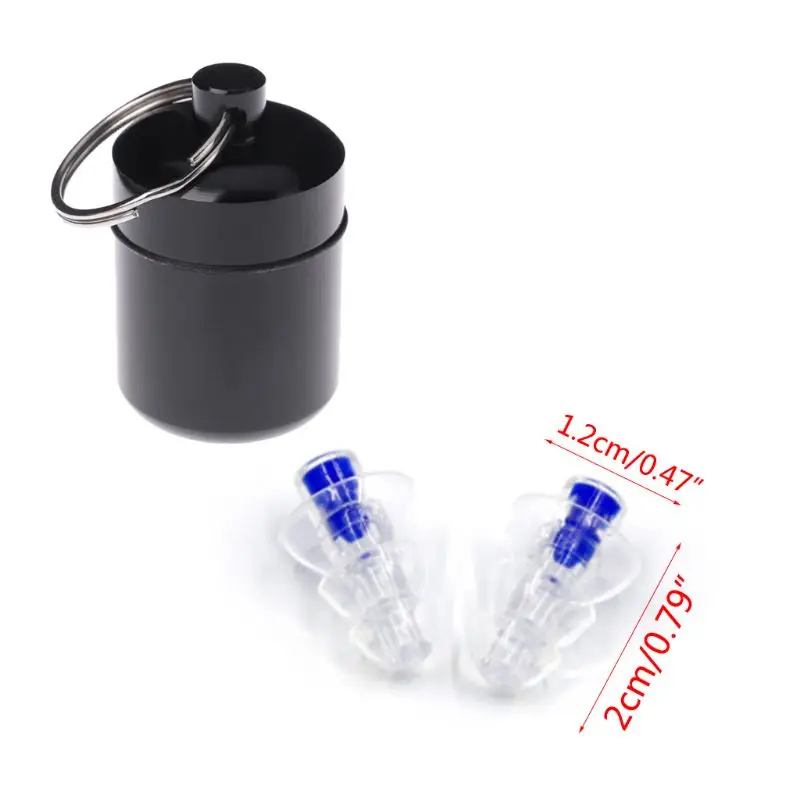
På tilbud! Musik Høreværn Støjreducerende Til Koncert Dj Bar Band Musiker Høreværn Silikone ørepropper \ Outlet - Laegernesofiendal.dk

Øre renere værktøj til fjernelse af ørevoks lommelygte ørepropper øre rengøring ørevoks remover øre skeen-lys ske med forstørrelsesglas rabat ~ butik / www.kyllinggaarden.dk

På tilbud! High Fidelity Silikone Musiker Filter ørepropper Støjreduktion Snr 27db Annullering Af Høreværn ørepropper Genanvendelige Sove Bil \ Outlet - Laegernesofiendal.dk

For HFES 12 Par af Bløde Formbare Silikone Ørepropper, støjreduktion og høreværn, Ørepropper, Blå | Top / Pipipapkassen.dk




